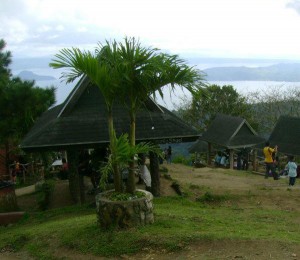MANILA, Philippines – The Philippines will host the 4th Association of Southeast Asian Nations Heritage Parks (AHP) Conference, a regional dialogue addressing biodiversity issues and the sustainable management of protected areas, in the first week of October.
The four-day meet will be held in Tagaytay City on October 1-4, spearheaded by the Asean Center for Biodiversity (ACB) and hosted by the Department of Environment and Natural Resources, Environment Secretary Ramon Paje announced Saturday.
Some 300 delegates from Asean countries, including biodiversity experts, park managers, policy makers, scientists, and representatives from nongovernmental organizations, indigenous and local communities, are expected to attend.
In a news release, ACB executive director Roberto V. Oliva said the conference would update the participants on recent knowledge and tools in addressing biodiversity loss and ecosystems degradation and the preservation of Asean’s natural heritage.
The dialog will also cover issues on biodiversity in the context of the outcomes of the 11th Conference of the Parties to the Convention on Biological Diversity to achieve the so-called Aichi Biodiversity Targets laid out in Nagoya, Japan in 2010.
AHP conferences are conducted every three years.
The first was held in Thailand in 2004; the second in Malaysia in 2007; and the third in Brunei in 2010.
“These conferences ensure that park managers, policy makers, conservationists, scientists and relevant stakeholders benefit from available best practices and lessons on the management of AHPs and other protected areas,” the DENR said.
Side events during the conference will include a visit to Mt. Makiling Forest Reserve, the newest AHP.
To date, there are 33 AHPs in Southeast Asia, five of which are in the Philippines: the Mt. Apo Natural Park, Mt. Kitanglad Range Natural Park and Mt. Malindang Range Natural Park, all in Mindanao; Mts. Iglit-Baco in Mindoro, and the Mt. Makiling Forest Reserve.
